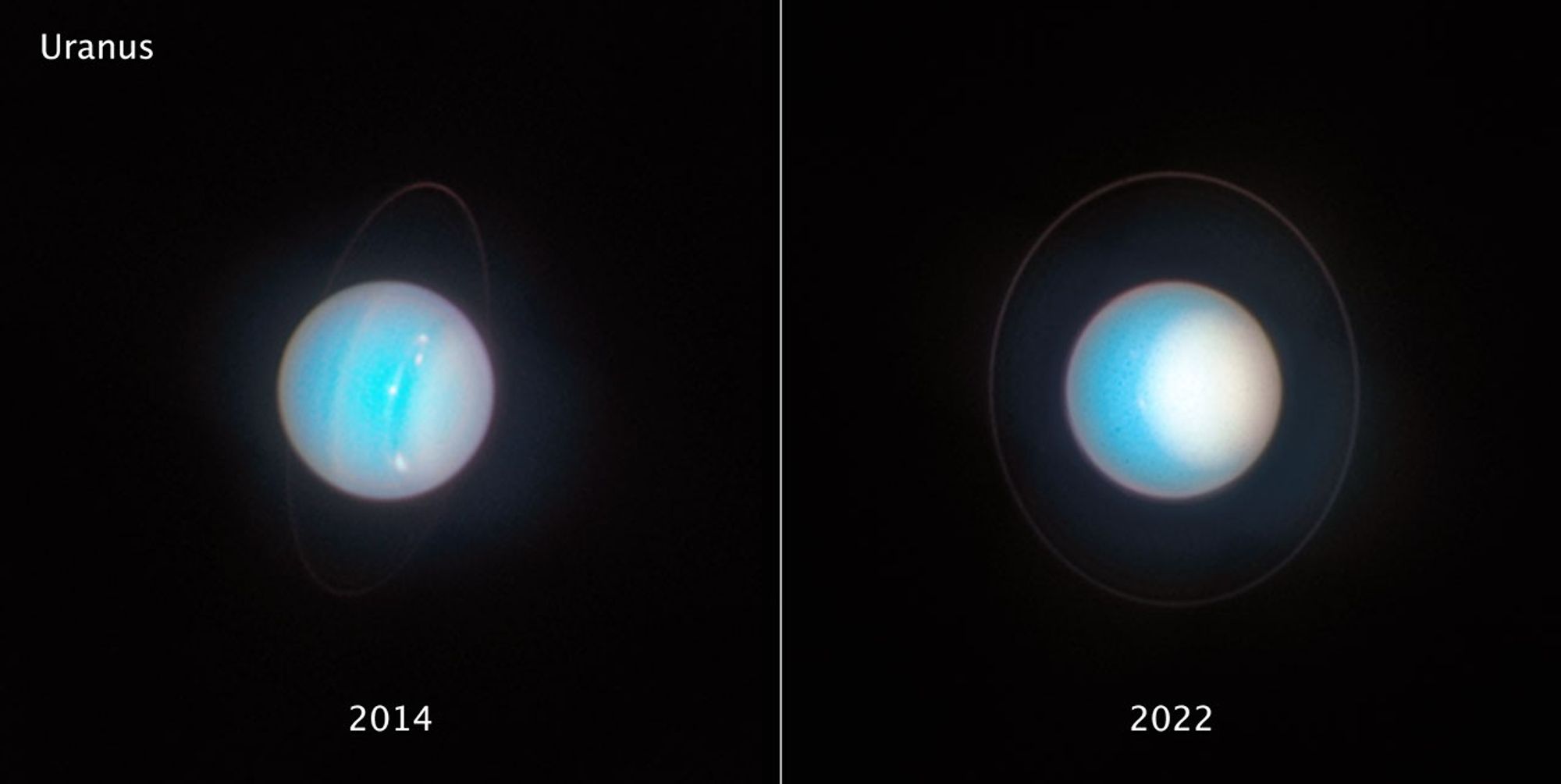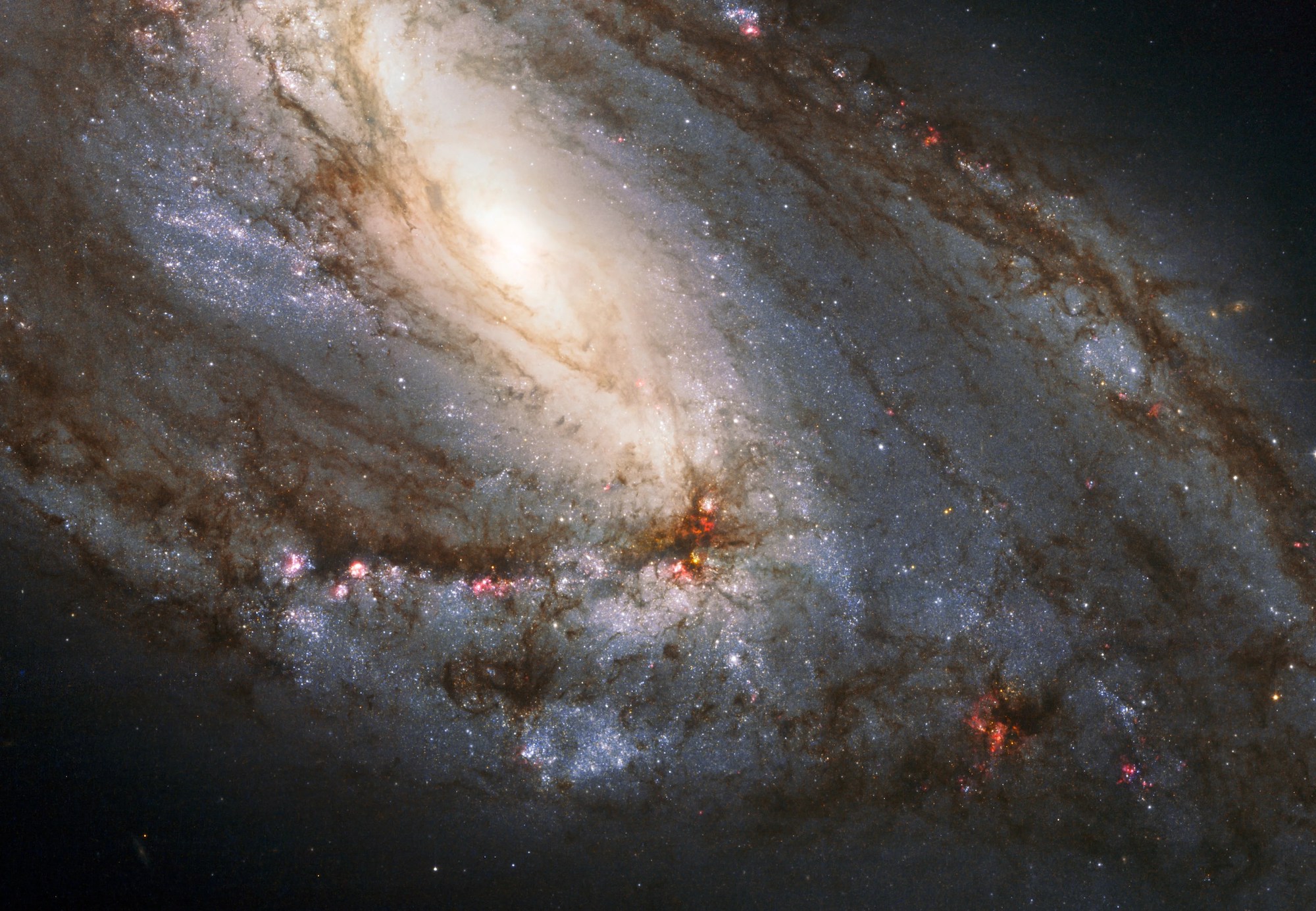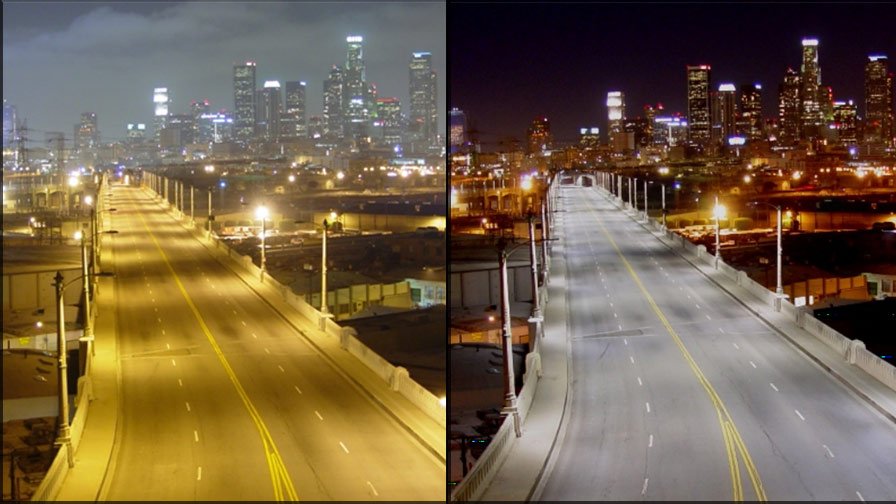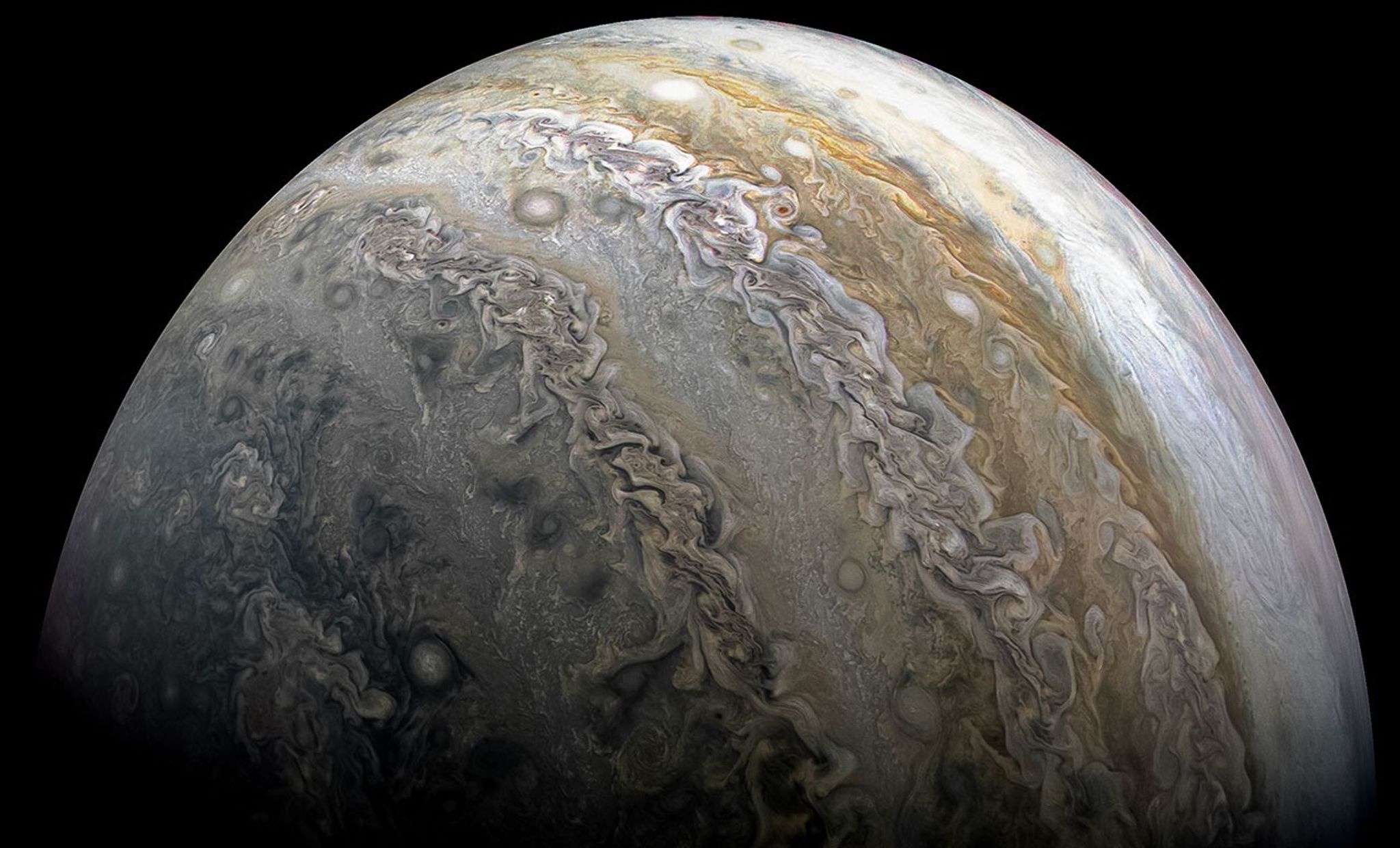By Vivian White and Kat Troche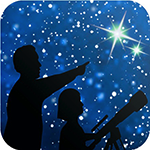
NASA JPL
NASA’s Night Sky Network is one of the most successful and longstanding grassroots initiatives for public engagement in astronomy education. Started in 2004 with the PlanetQuest program out of the Jet Propulsion Laboratory and currently supported by NASA’s Science Activation, the Night Sky Network (NSN) is critical in fostering science literacy through astronomy. By connecting NASA science and missions to support amateur astronomy clubs, NSN leverages the expertise and enthusiasm of club members, who bring this knowledge to schools, museums, observatories, and other organizations, bridging the gap between NASA science and the public. Now in its 20th year, NSN supports over 400 astronomy clubs dedicated to bringing the wonder of the night sky to their communities across the U.S. and connecting with 7.4 million people across the United States and its territories since its inception.
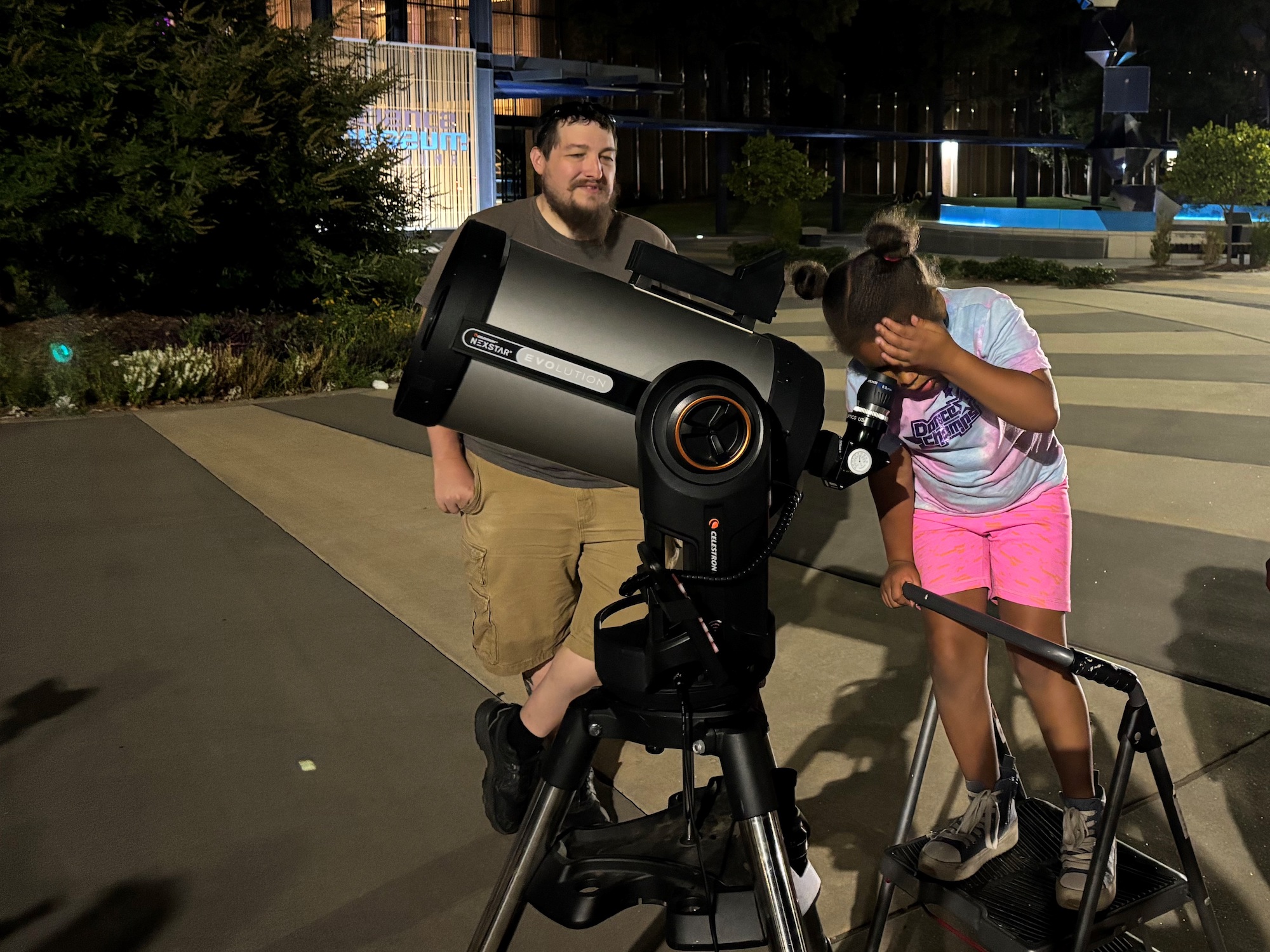
International Observe the Moon Night, September 2024. Credit: Oklahoma City Astronomy Club/Dave Huntz
Continue reading →

